
From Threat to Asset: How an Invasive Species Became a Valuable Pollinator
3 Minute Read
The Tree Bumblebee (Bombus hypnorum), a non-native species in the UK since 2001, has become a harmless and valuable pollinator, thriving in gardens without harming native wildlife. Dr Ian Bedford tells us everything we need to know about the 'bug of the month' for August, the Tree Bumblebee. When a non-native species unexpectedly appears in a new country, it typically triggers swift risk assessments to determine any potential threat to agriculture, natural habitats, and native species. If deemed dangerous, the species may be red-listed as a notifiable organism, subject to containment and eradication. However, not all invasive species can be easily removed, especially those that are highly adaptable, mobile, or reproduce rapidly. Over recent decades, the UK has seen several such species establish themselves, eventually becoming part of the country’s biodiversity.
A prime example is Harmonia axyridis, the Harlequin ladybird, which first arrived in 2004 and raised alarms over its impact on native ladybirds. Today, it is the most common ladybird in the UK and one of the most effective natural predators of aphids. But not all invasive species are necessarily bad news.
Some may fill ecological gaps or support native species struggling with changing climates. One such case is the Tree Bumblebee (Bombus hypnorum), first spotted in the UK in 2001.
Some may fill ecological gaps or support native species struggling with changing climates. One such case is the Tree Bumblebee (Bombus hypnorum), first spotted in the UK in 2001.
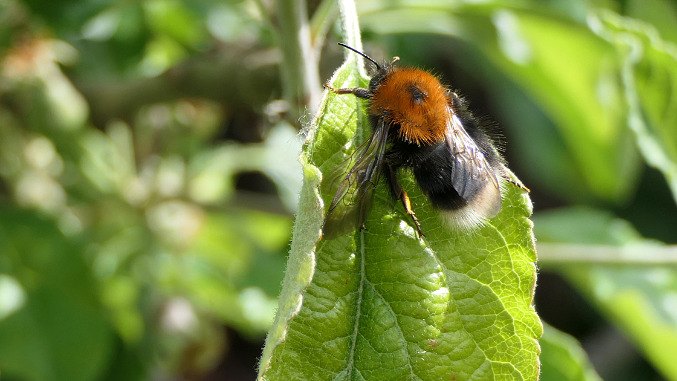
A distinctive black Bumblebee with a fluffy ginger thorax and white posterior, has spread across the country without any known negative impact on native ecology. In fact, it has proven to be a robust and valuable pollinator, thriving in warmer conditions and aiding the pollination of both crops and wildflowers.
Though native to woodland habitats in mainland Europe, the Tree Bumblebee has adapted remarkably well to various UK environments, especially suburban gardens. It often nests in cavities in walls, trees, and even old bird boxes, making it a familiar sight throughout the summer.
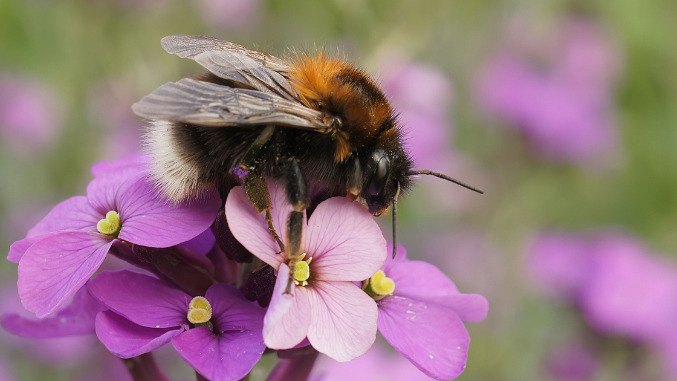
One behaviour that sometimes causes alarm is the appearance of a small "swarm" of bees near a nest entrance. While this may seem threatening, these are harmless, stingless males engaging in a natural behaviour called "nest surveillance", waiting for emerging virgin queens to mate with.
Rather than being feared, these fascinating creatures should be appreciated as a welcome and beneficial addition to Britain’s pollinator community. Their presence signals not just resilience, but a new chapter in the evolving story of the UK’s natural world.
Rather than being feared, these fascinating creatures should be appreciated as a welcome and beneficial addition to Britain’s pollinator community. Their presence signals not just resilience, but a new chapter in the evolving story of the UK’s natural world.
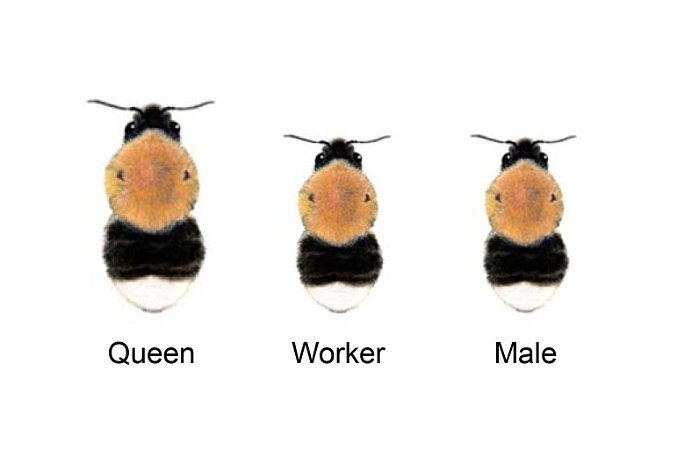
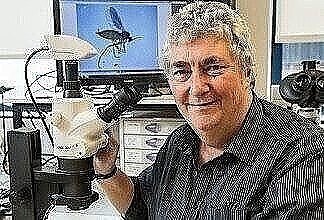
About Dr Ian Bedford
Ian has been fascinated by the bug world for as long as he can remember. From studying butterflies on the South Downs as a youngster, he went on to pursue a career in Research Entomology and ran the Entomology Dept at the John Innes Centre in Norwich up until his recent retirement.Visit website
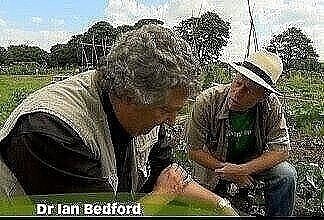
'Bug of the Month'
Visit our 'bug of the month' archive.
Every month Ian will share his knowledge on how to protect your plants and gardens from preventable pest invasions while providing valuable insights into the insects regularly found in our gardens.
find out more
Comments (0)
Why not be the first to send us your thoughts?
